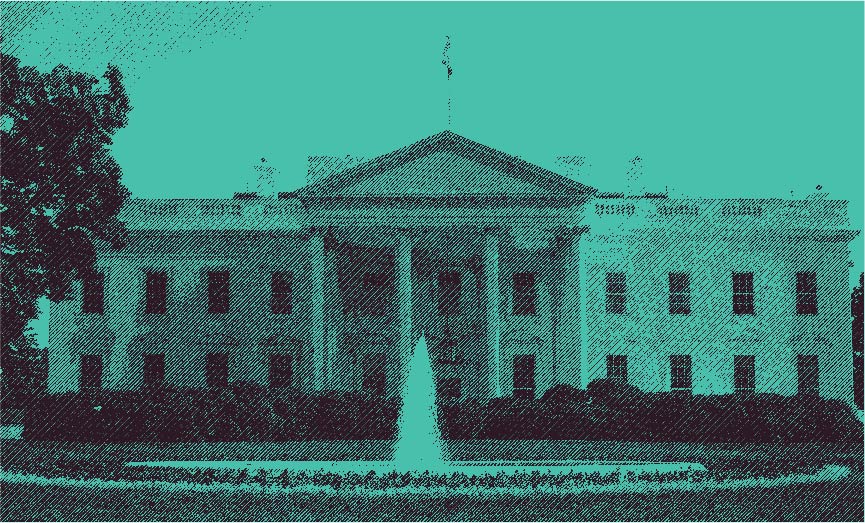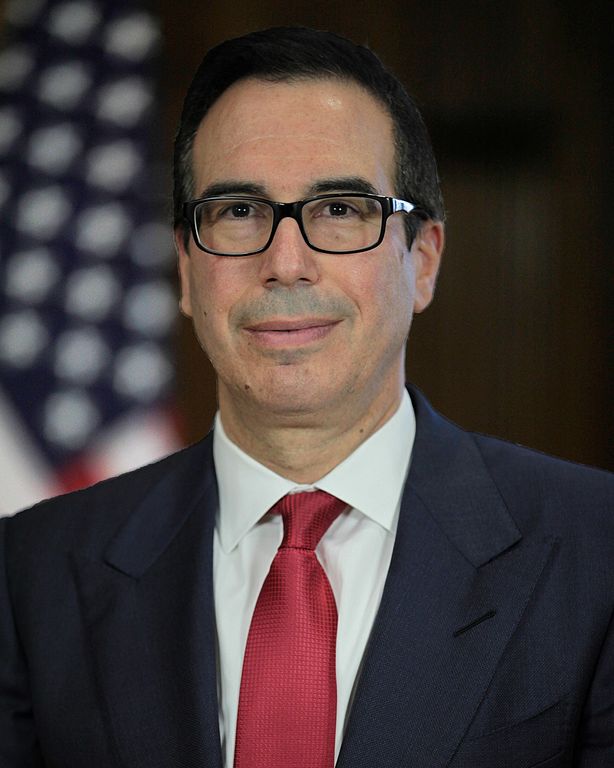Three Recovery Plans, Three Child Care Bills. Let’s Break Them Down.

Are you confused about all the recovery plans and how they affect you?
You’re not alone.
American Rescue Plan! American Jobs Plan! American Families Plan!
Child Care for Working Families Act! Universal Child Care and Early Learning Act! Building an Economy for Families Act!

Clearly, there is only one format on the Hill when it comes to naming (essential, much-needed) legislation. We want you to know WE have a plan, and it’s to tell you what you need to know about these different but similarly named bills and how they’ll impact you.
The American Rescue Plan Act passed in March 2021. The American Rescue Plan Act (sometimes called ARPA) was a historic win for child care workers and families that provided, in combination with earlier relief packages, $50 billion in relief for child care. As mothers have borne the brunt of child care during the pandemic, the bill will help thousands of women return to the workforce.
But wait! There’s more. This much-needed piece of legislation:
- Helps to stabilize the child care sector, increase compensation for early educators—who currently earn poverty wages—and provides families, particularly low-income families, with access to child care funding.
- Will bolster the child care industry, which has lost 1 in 6 jobs since the onset of the pandemic, through $50 billion in child care relief funding.
- Provides a third round of stimulus checks. Families will receive direct payments of up to $1,400 per eligible person, including children and adult dependents.
- Temporarily expands the Child and Dependent Tax Credit (CDCTC) and makes it fully refundable for a year, which benefits low- and moderate-income families. The expanded CDCTC is worth a maximum of $4,000 for one child or dependent, and $8,000 for two or more children or dependents for tax year 2021.
- Temporarily expands the Child Tax Credit (CTC), which benefits families with children, to $3,000 per child ($3,600 for younger children) and makes the credit fully refundable so that low– and moderate–income families can access the full amount. This provision alone is expected to cut child poverty in half this year.
- Extends emergency unemployment insurance (UI) benefits through September 6 at $300 per week. This prevents 11.4 million out-of-work people from losing critical benefits.
The American Jobs Plan and The American Families Plan are two proposals laid out by the Biden administration. Both, at heart, are infrastructure bills, with “infrastructure” meaning both repairing bridges and roads, as well as rebuilding the care economy on which the rest of the workforce relies.
The American Jobs Plan would:
- Provide clean drinking water, a renewed electric grid, and high-speed broadband. These efforts would improve the health of children and communities of color who suffer from the impacts of environmental racism. And if you live in rural America and are a part of the 35 percent of people who lack access to broadband at minimally acceptable speeds, this legislation will provide the infrastructure to change that.
- Repair and upgrade bridges, roads, highways and transit systems.
- Invest $400 billion to expand access to Medicaid and home– and community-based services for older adults and people with disabilities. This is a huge deal for gender justice, disability justice, and care infrastructure. Home care workers would get a boost through increased wages and benefits. One in six home care workers lives in poverty, nearly 88% are women, and many are people of color.
The American Families Plan was introduced on April 28 by the Biden administration. This legislation would make pre-K universal for three- and four–year–olds, make historic investments in high-quality affordable child care, and extend support for families included in the American Rescue Plan.
The American Families Plan would:
- Provide two years of free community college, as well as invest in making college more affordable for low- and middle-income students.
- Provide $225 billion for child care and early learning to make it more affordable and ensure providers are more fairly compensated. The plan uses a sliding scale to that families only pay a portion of their income for child care costs. For low-income families the cost is capped at no more than 7% of their income.
- Provide free preschool to all three and four-year-olds. Universal pre-K is essential for ensuring equity in education, as well as supporting parents—particularly mothers—looking to rejoin the workforce after the pandemic. The plan also would make it so that employees in pre-K and Head Start earn at least $15 an hour, and people with similar qualifications will receive pay comparable with kindergarten teachers.
- Extend tax cuts for families from the American Rescue Plan.
Besides the American Families Plan from the Biden administration, three notable child care bills have been introduced by Democrat lawmakers as well. Earlier in April, Senator Patty Murray of Washington and Congressman Bobby Scott of Virginia released the Child Care for Working Families Act. Last week, Senator Elizabeth Warren and Congressman Mondaire Jones of New York reintroduced the Universal Child Care and Early Learning Act. Chairman Neal (D-MA) of the House Ways and Means Committee introduced a discussion draft of the Building an Economy for Families Act.
The Child Care for Working Families Act (CCWFA) supports a mixed delivery system including Head Start, preschool, and child care and makes investments to improve access to child care and invest in equity. Also, this bill would limit the amount families spend on child care to 7% of their income, and it would build on the Biden plan to extend up to age 13 for school-age children needing care. Parents and caregivers working outside of traditional work hours would have more options for child care, and parents in school, on medical leave or looking for a job would also be eligible for subsidies.
Similarly, The Universal Child Care and Early Learning Act would ensure every family has access to high-quality, affordable child care and pre-K education. Families below 200% of the federal poverty line would be able to access free child care. Families with higher incomes would pay a subsidized fee based on their income, with no family paying more than 7% of their income for public child care options. This bill would also require child care workers’ wages to be comparable with those of public school teachers.
Both bills are comprehensive visions to ensure high-quality, affordable child care. NWLC and our partners are asking Congress to invest $700 billion over 10 years to build on the Biden proposal in order to ensure children ages 0-13 can access care, providers are paid on par with kindergarten teachers, and no family pays more than 7 percent of their income toward child care.
Lastly, Chairman Neal has introduced a discussion draft of the Building an Economy for Families Act. The Act would provide universal paid family and medical leave for all US workers, permanently expand the American Rescue Plan’s expansions of the Child Tax Credit, Child and Dependent Tax Credit, and Earned Income Tax Credit, among other things. It also proposes an increase in mandatory child care funding and includes several other child care reforms.
TLDR? Here’s the breakdown on the plans:
1. American Rescue Plan
- Stimulus checks, child care relief funds, housing assistance, relief from the pandemic
- Passed and being implemented; 90 million stimulus checks have been distributed already
2. American Jobs Plan
- Roads, rivers, electric grid, Internet
- $400 billion to expand access to Medicaid and home and community based-services for older adults and people with disabilities
- Not yet passed
3. American Families Plan
- Child care, universal pre-K, more affordable college
- Not yet passed; introduced on April 28
NWLC is working out front and behind the scenes on getting women and families the support they need. Stay tuned for more on how and when you can activate your support as well.





